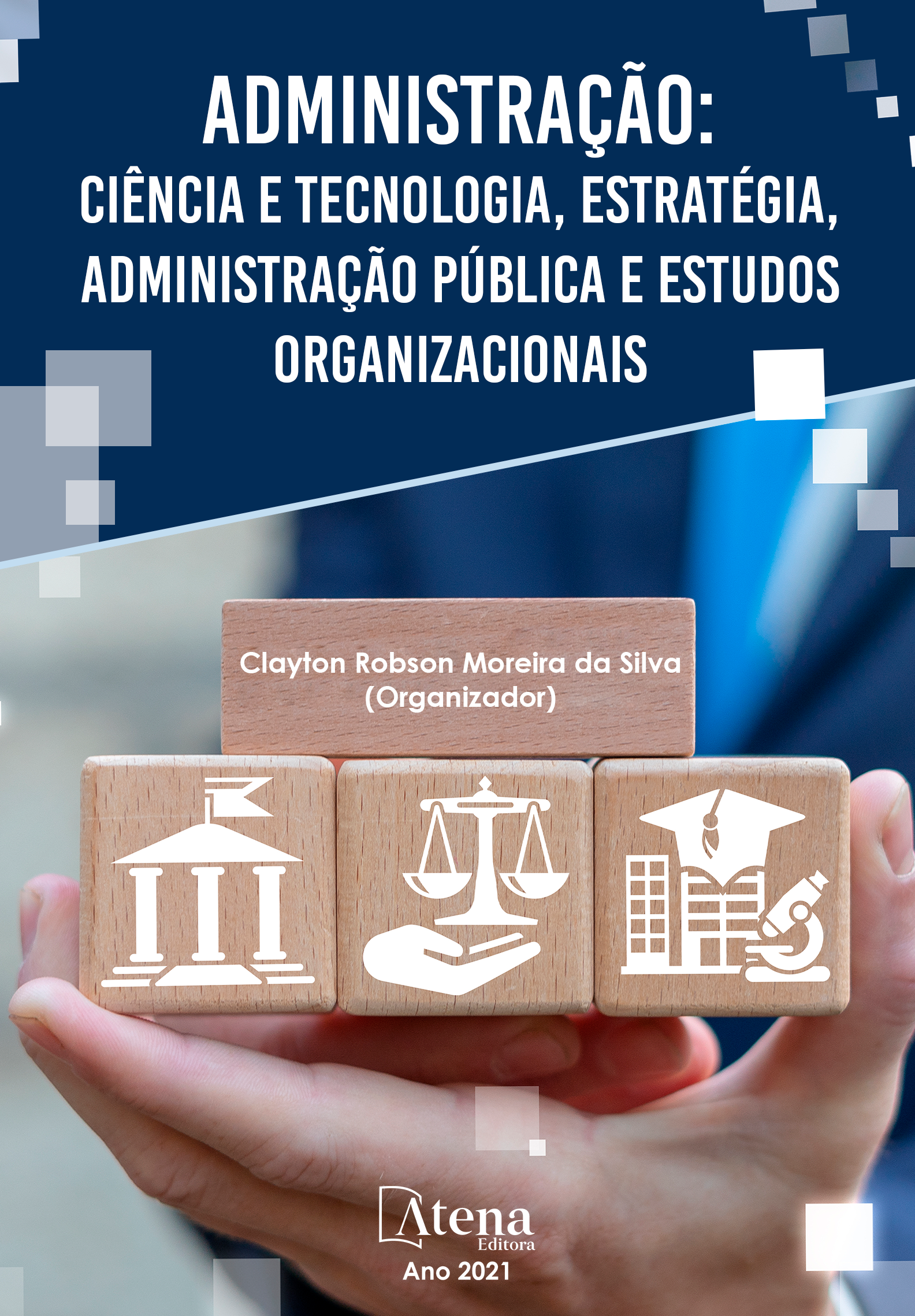
A APLICAÇÃO DA LEI DE ACESSO À INFORMAÇÃO NO BRASIL FRENTE AOS ÓRGÃOS JULGADORES E FISCALIZADORES
O presente trabalho aborda a aplicação da Lei de acesso à informação (LAI) por parte dos órgãos fiscalizadores – Tribunais de Contas (TC) e Ministério Público (MP) - e julgadores, representados pelos Tribunais de Justiça (TJ). Depreende-se a LAI como ferramenta imprescindível para realização do cidadão fiscalizador da “coisa pública”, já que permite livre acesso a todas as informações. É de competência do Ministério Público, como defensor dos direitos individuais e coletivos, fiscalizar e denunciar os descumprimentos da LAI, assim como é função dos Tribunais de Contas verificar seu cumprimento no que se refere à divulgação das contas públicas. Por sua vez, os TJs devem atuar de forma a sancionar e responsabilizar todos aqueles que descumprem a norma legal. A pesquisa atingiu seu objetivo geral de analisar as informações divulgadas nos 89 sítios eletrônicos que envolvem Ministério Público, Tribunais de Justiça e Tribunais de Contas, verificando se tais websites estão em acordo com as diretrizes ativas da lei de acesso à informação pública, mostrando-se, portanto, exitosa em sua proposição e permitindo o retorno dos resultados auferidos para os órgãos analisados, visando auxiliar no aprimoramento e aperfeiçoamento da aplicação da LAI. Após serem catalogadas 31 representações do Ministério Público, 28 dos Tribunais de Justiça e 30 dos Tribunais de Contas, teve-se a aplicação do formulário de coleta de dados, cujos itens foram retirados das diretrizes ativas da LAI, dados contábeis e financeiros, além de diretrizes passivas como o E-SIC. Como resultado, depreendeu-se que todas as entidades têm100% de cumprimento da divulgação dos itens de sua estrutura (organograma, endereço, telefone), 39% disponibilizam suas Demonstrações Contábeis e 22% divulgam seus instrumentos orçamentários (PPA, LDO, LOA). Além disso, verificou-se que nenhuma das entidades divulgou ao público externo dados relativos a uma média do custo processual e do custo com transparência. Assim, recomenda-se uma mudança estrutural com vistas a que tais órgãos possam dar maior transparência a sua atuação.
A APLICAÇÃO DA LEI DE ACESSO À INFORMAÇÃO NO BRASIL FRENTE AOS ÓRGÃOS JULGADORES E FISCALIZADORES
-
DOI: 10.22533/at.ed.8472110031
-
Palavras-chave: Lei de acesso à informação. Transparência Pública. Ministério Público. Tribunais de Justiça. Tribunais de Contas.
-
Keywords: Law of access to information. Public Transparency. Public Prosecutors. Courts of Justice. Courts of Accounts.
-
Abstract:
The present paper addresses the application of the Law of access to information (LAI) by the supervisory bodies - Courts of Accounts (TC) and Public Prosecutors (MP) - and judges, represented by the Courts of Justice (TJ). The LAI is an essential tool for realization of the citizen who oversees the “public thing”, since it allows free access to all information. It is incumbent upon the Public Prosecution Service, as defender of individual and collective rights, to monitor and denounce Lai's non-compliance as well as it is the function of the Courts of Auditors to verify their compliance with regard to the disclosure of public accounts. In turn, the TJs must act in order to sanction and hold all those those who do not comply with the legal norm. The research reached its general objective of analyzing the information disclosed in the 89 electronic sites involving public prosecutors, courts of justice and courts of accounts, verifying whether such websites are in accordance with the active guidelines of the law of access to public information, thus proving successful in its proposition, allowing the return of the results obtained to the organs analyzed , aiming to assist in the improvement of the application of LAI. After cataloguing 31 representations of the Public Prosecutor's Office, 28 of the Courts of Justice and 30 of the Courts of Auditors, had an application of the data collection form, items were taken from the LAI active guidelines, accounting and financial data, as well as passive guidelines such as the E-SIC. As a result, it emerged that all entities have 100% compliance with the disclosure of items in their structure (organization chart, address, telephone), 39% make their Financial Statements available and 22% disclose their budget instruments (PPA, LDO, LOA). Furthermore, t was found that none of the entities disclosed to the external public data relating to an average of the procedural cost and the cost of transparency. Thus, it is recommended a structural change so that these bodies can give greater transparency to their performance.
-
Número de páginas: 18
- José Bione de Melo Neto
- Ana Paula Ferreira da Silva


